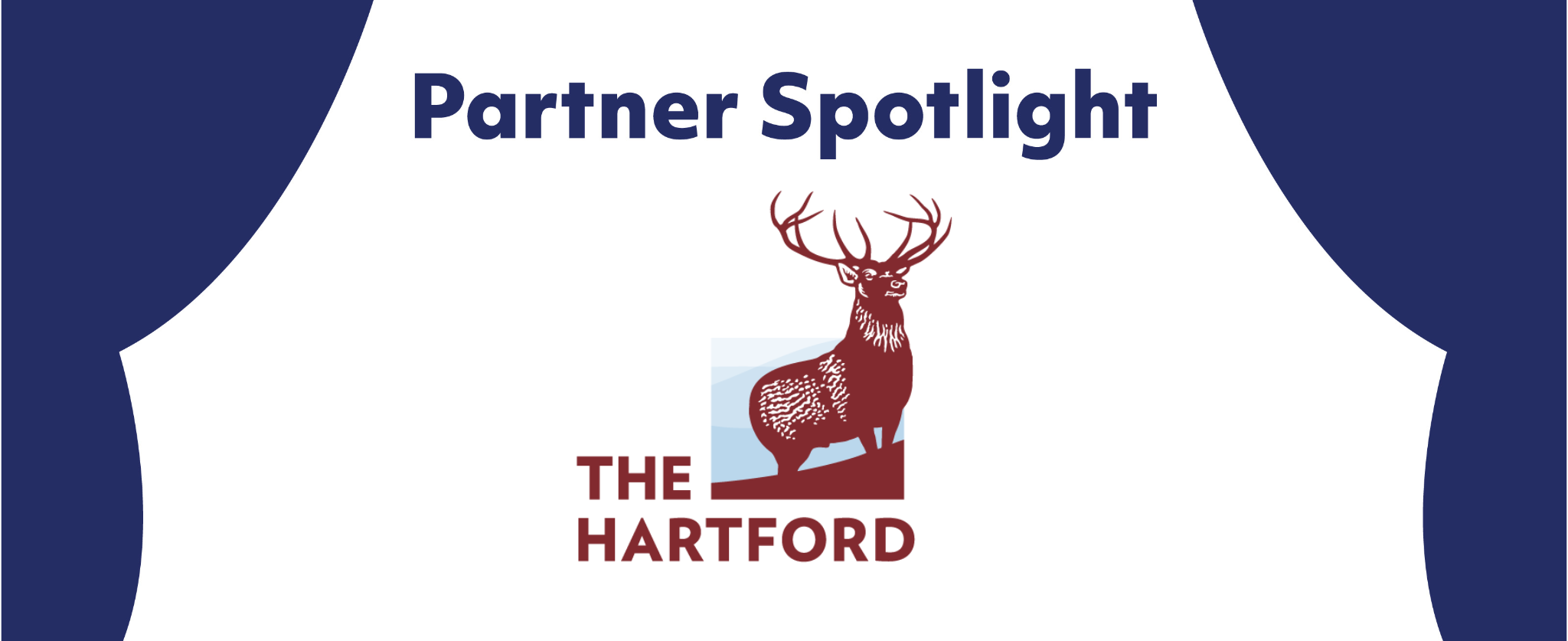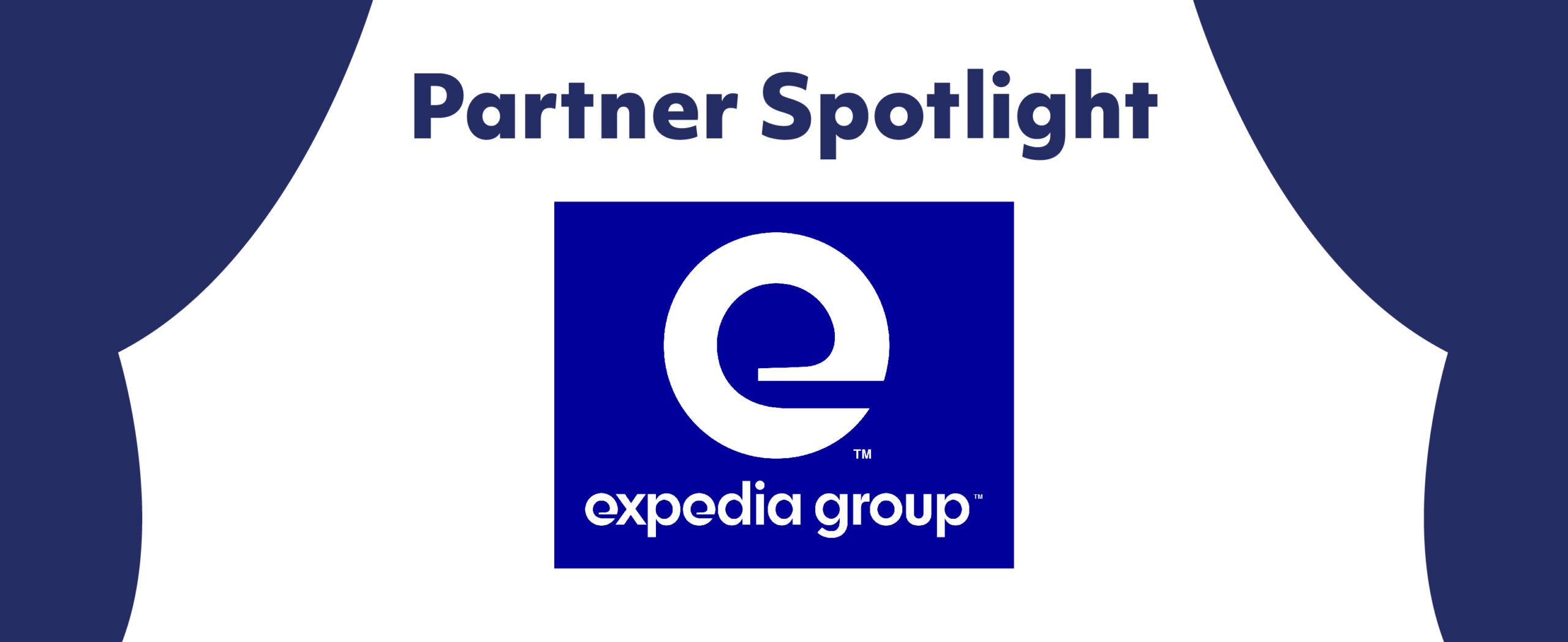The Importance of Inclusive Hiring: Making Your Recruitment, Hiring and Onboarding Process Accessible for All
Each piece of data is a little story. In 2021, Americans with disabilities were unemployed at double the rate of Americans without disabilities. That piece of data is a little story about people who are trying to get a job but can’t. Your company has a role to play in this story. Having an accessible recruitment, hiring, and onboarding process will make it easier for people with disabilities to get the jobs they’re seeking.
Vispero—comprised of Freedom Scientific, Enhanced Vision, Optelec, and TPGi—is the world’s leading assistive technology provider for the visually impaired. In fact, Freedom Scientific is the maker of the most widely used screen reader, JAWS. With our products and consulting, we can help companies improve the accessibility of their hiring process from application to on-the-job training.
As we’ve supported teams from across the globe, we’ve learned a lot and are delighted to share some tips to help make your recruitment, hiring, and onboarding process more accessible.
So, what does that involve? We can’t break down the entire process here, but we can provide six lessons we’ve learned about improving the accessibility of your hiring process:
1. Audit Your User Flows
Making your recruitment, hiring, and onboarding processes accessible may seem daunting. We recommend starting small by reviewing and documenting the steps a candidate may go through when applying for a role, interviewing, or onboarding at your company. Then, it’s ideal to have testers with various disabilities go over these user flows and flag the accessibility issues they come up against so that they can all be fixed. If your company can’t do accessibility testing with users with disabilities at this time, documenting the steps will give you a starting understanding of where a candidate may encounter accessibility barriers.
2. Create an Accurate Job Description
Often job descriptions will say things like, “you must have a driver’s license to complete this job.” Now, if this is in a job description for a delivery driver, then a job candidate definitely needs a driver’s license. The thing is, the job may not actually require a driver’s license, it may instead simply require that the employee have regular transportation to the office. Restrictive language can create barriers for potential employees with visual disabilities who often Uber, carpool or take public transportation. Other common requirements like, “must be able to lift up to 50 pounds” or “stand for extended periods” should also be evaluated critically.
3. Make Sure Your Site is Accessible
You can’t guarantee that the third-party job listings you have to use are going to be completely accessible, but you can make sure your end of the hiring process is inclusive by making the job listing page on your website accessible per WCAG standards. This includes, among other things, making sure the information on your web page will be read out loud correctly and in the right order for screen reader users, creating accessible links and forms, and writing alt text for images. Make sure all your onboarding materials, like PowerPoints, are also accessible.
Also, if your company gives pre-screening assessments, make sure these are accessible, too. For instance, if your current assessment has diagrams, there are a couple of things you can do to make these accessible to screen reader users: change your assessment so the diagrams won’t be needed, give the diagrams very descriptive alt text, or give candidates access to an accommodation like Aira.
4. Consider the Candidate’s Needs First
When you interview someone for a position, ask them if they will need any accommodations. On the Down to the Struts podcast, Kathy Martinez, an accessibility expert, explained that people with disabilities often feel much more secure and supported when the potential employer is the one to initiate that conversation. So, per the ADA, “an employer may tell all applicants what the hiring process involves (for example, an interview, timed written test, or job demonstration), and then ask whether they will need a reasonable accommodation for this process.” Also, make sure to provide accommodations quickly so that a person with disabilities is not passed over in the queue while they wait for what they need.
Once your business hires someone, asking questions becomes important again since the accommodations needed for an interview and the accommodations needed to perform a job are likely to be different. While “an employer cannot ask all applicants whether they would need reasonable accommodation to perform a job because the answer to this question is likely to reveal whether an applicant has a disability,” if a new employee received accommodations during the interview process, you can ask if they need accommodations for a “specific job task.”
5. Create a feedback channel
Know that as you update and change your website, new accessibility issues may develop. This is normal and you will be able to fix these issues as they come up. It’ll be easier to find out what the issues are and correct them if your users can contact you directly. By using an accessibility monitoring tool, like TPGi’s ARC Platform, you can monitor your career pages and company website for new issues that may surface and share them with a developer to fix. Additionally, having a “report an accessibility issue” section on your website with a listed email or a comment box will let users share any accessibility problem they’re having on your site. For JAWS screen reader issues specifically, you can set up TPGi’s JAWS Connect to make it easy for users to report any barriers they may encounter.
6. Focus on the Future
Finally, make sure to continue improving your hiring experience. Check in on your recruitment, hiring, and onboarding processes and ask yourself questions like, “What could we do in the next six months to make this more accessible?”
Your company can help improve the unemployment statistics for Americans with disabilities. By committing to creating an inclusive hiring process, you will help create a better experience for all candidates interested in working with your company. Together, let’s make it accessible.
Special thanks to Alice Barriciello and Amy Albin



